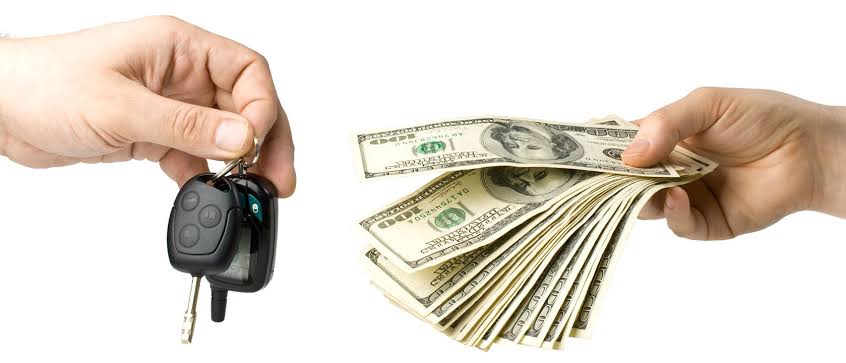The valve body is a large, metal part that controls the flow of air and fuel into your car’s engine. It sits between your engine and its transmission and regulates both to balance them out. The valve body is a large, metal part that controls the flow of air and fuel into your car’s engine. It sits between your engine and its transmission and regulates both to balance them out.
The heart of this system is an assembly called the “valve body.” In simple terms, it lets fluid pass through as commanded by the transmission computer. To do so, it uses passages tortuous enough to keep large pieces of debris from clogging them up — all while resisting erosion from high-temperature exhaust gasses.
In an automatic transmission, a set of valves inside a sealed cylinder control the flow of hydraulic fluid. The valves are controlled by a series of hydraulic pistons that push against a diaphragm, which then opens or closes the valves.
The valves are made of tungsten carbide, brutal metal and corrosion-resistant. When they open, they allow fluid to flow freely from one chamber to another, but no fluid can pass through them when they close. It’s something like having a door between two rooms that can be opened or closed at will – you block the entrance only if necessary because it makes moving between the two rooms difficult.
If your car’s engine is stopped for any length of time, whether because of traffic congestion or actual road closure, keep idling until your transmission has entirely shifted into “Park.” That way, you’ll avoid wear on your parking pawl (the thing that moves into the “P” position on your shift knob or lever) and reduce the chances of what’s called a parking-gear failure.
Parking-gear failure is a condition in which your transmission either won’t fully release into Park, or it will allow itself to be shifted out of Park without the clutch pedal being depressed. This leads to annoying situations where you press the “P” button, but nothing happens, so you have to restart your car while rolling backwards down an incline.
If you’re stuck in traffic, keep moving as much as possible while idling. That should help keep fluid circulating through all the essential components inside your transmission. If you can do that for 15 minutes or more at a time, it’ll also help recharge the batteries that power it.
« Back to Glossary Index
